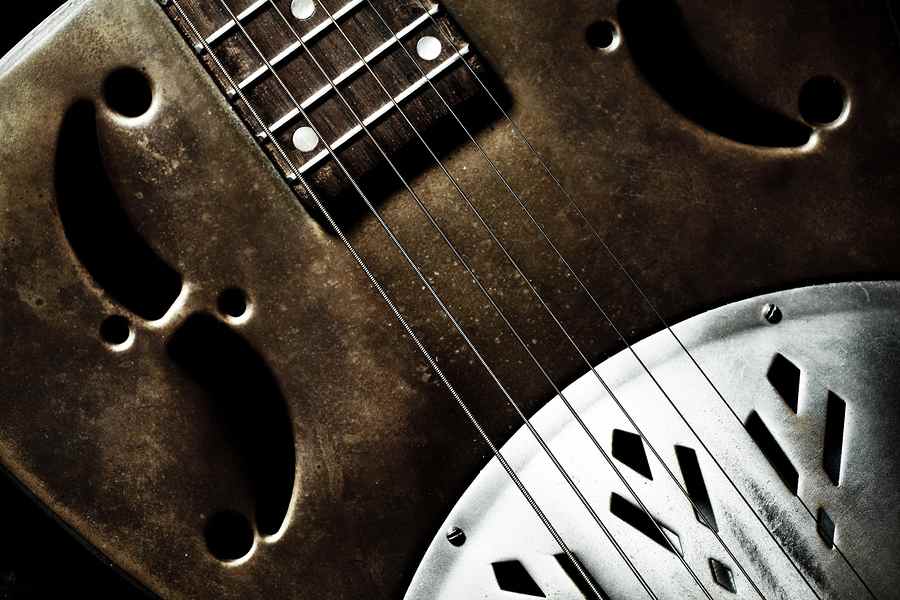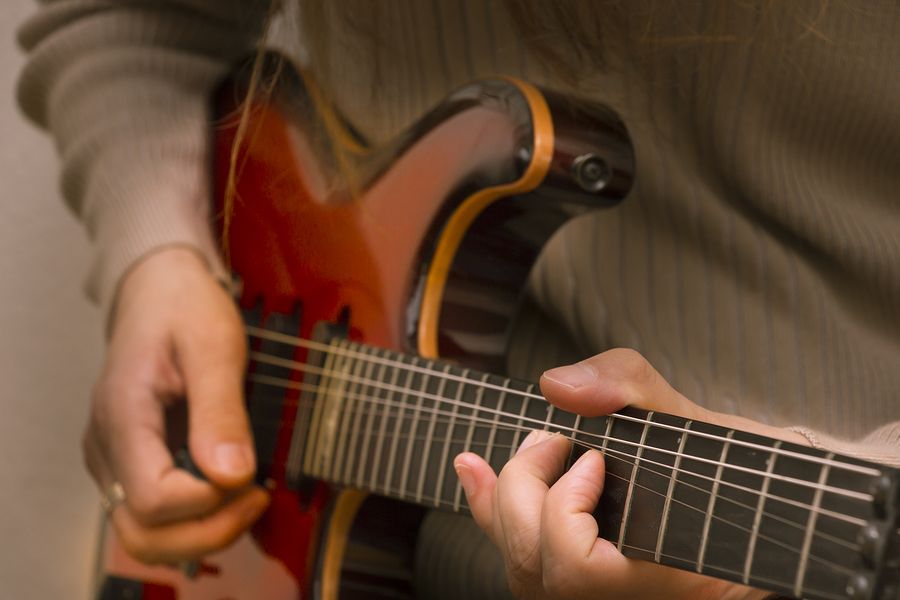 Today I introduce to you George Ramsay, Co-founder and Guitar Teacher at Bold Music Lessons. George sheds light on combining pentatonics to play mixolydian.
Today I introduce to you George Ramsay, Co-founder and Guitar Teacher at Bold Music Lessons. George sheds light on combining pentatonics to play mixolydian.
A great example of how get the most out of your pentatonic scales. Learn and reap the benefits!
HERE’S GEORGE
You can’t really talk about soloing on the guitar without understanding pentatonic scales. Normal, or “full” major or minor scales have seven different notes, while pentatonic scales have only 5 notes (hence “pent”).
Klaus has written extensively on this as well as the CAGED system, so I’ll let you read through some of his postings for more info on playing these scales.
Today we will look at creating the Mixolydian scale by combining some major pentatonic with its parallel minor pentatonic.
Mixolydian is used extensively when improvising over the 12 bar blues, other I-IV-V chord progressions, and more generally chord progressions featuring dominant seventh chords.
What the heck is Mixolydian?
Mixolydian is a mode, and modes are really just types of scales, much like major and minor (in fact, major is called the Ionian mode and minor is called Aeolian). Perhaps the simplest way to understand modes is to look at a major scale. Let’s look at C major, where our notes are C-D-E-F-G-A-B-C.
Playing a major scale (in this case C major) but not starting or ending on C, creates our different modes. For example, the second mode, called Dorian (in this case D Dorian) would look like this: D-E-F-G-A-B-C. Similarly, the fifth mode, called Mixolydian, would have G-A-B-C-D-E-F as its notes. Notice that each of these modes consist of the same seven notes! We are just starting and ending in different places. These are modes.Continue Reading
 My oldest brother introduced me to the music of Stevie Ray Vaughan, Eric Clapton and The Rolling Stones when I was about 8 or 9 years old. I was hooked instantly. I soon took up the guitar and started taking lessons.
My oldest brother introduced me to the music of Stevie Ray Vaughan, Eric Clapton and The Rolling Stones when I was about 8 or 9 years old. I was hooked instantly. I soon took up the guitar and started taking lessons. For guitar players who starting out learning to improvise, it can be quite a challenge.
For guitar players who starting out learning to improvise, it can be quite a challenge. A lot of guitar players use only one pentatonic position / shape: The first position (E shape) it’s because it’s the most comfortable shape to play in.
A lot of guitar players use only one pentatonic position / shape: The first position (E shape) it’s because it’s the most comfortable shape to play in.